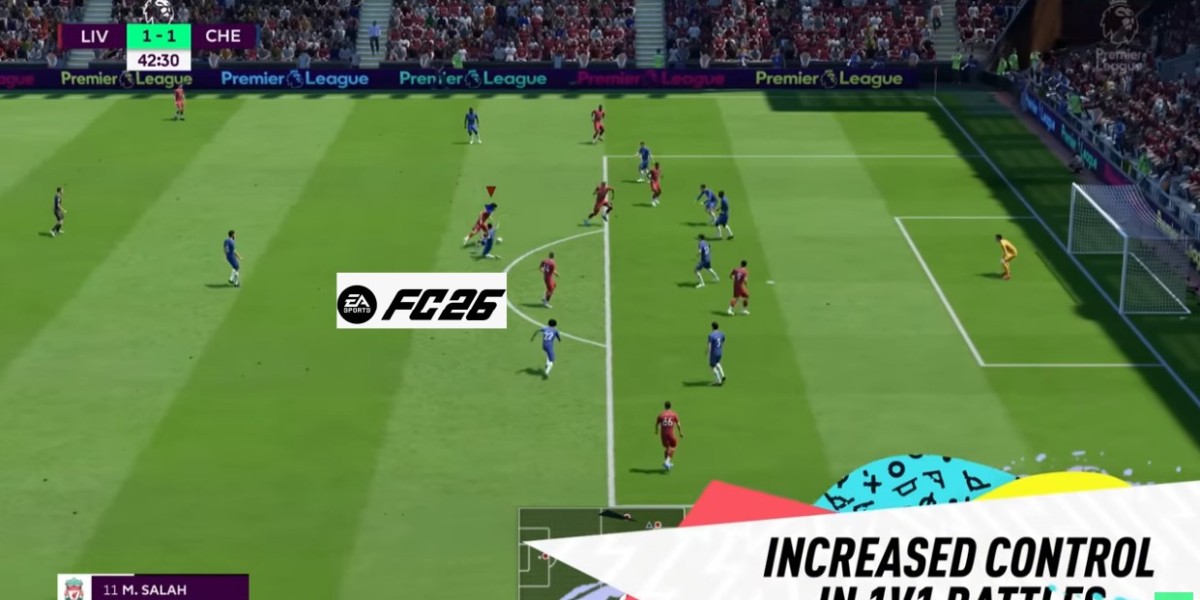For nearly two decades, the Call of Duty franchise has maintained a rotational development cycle, alternating between Infinity Ward’s Modern Warfare series and Treyarch’s Black Ops subseries, with occasional contributions from Sledgehammer Games. However, this pattern was disrupted in 2023 with the back-to-back release of Modern Warfare 2 and Modern Warfare 3.
One of the most notable aspects of this sequential release was the introduction of the "Carry Forward" system, which allowed players to bring over weapons, attachments, Operators, and cosmetics from Modern Warfare 2 into Modern Warfare 3. Players can more easily unlock target weapons through the cod bo6 buy bot lobby via U4gm. Use coupon code "allen" to get 5% off at U4gm. While this feature had its advantages, it also posed several challenges. As speculation grows that Call of Duty 2025 will be a direct follow-up to Black Ops 6, many wonder whether the Carry Forward system will return. Below, we explore the potential benefits and drawbacks of reintroducing this feature.
Why Call of Duty’s "Carry Forward" System Should Return in 2025
Players' Purchases Won’t Go to Waste
One of the biggest advantages of the Carry Forward system in Modern Warfare 3 was that it extended the lifespan of players' purchased cosmetics, including Operators, weapon blueprints, and skins. Typically, these paid elements become obsolete with each annual installment, but Carry Forward ensured that players could continue using their purchased content for at least another year. If Call of Duty 2025 adopts this system, it would offer greater value to players who invest in cosmetic items.
Players Can Continue Using Their Favorite Loadouts
Another benefit of Carry Forward is that it allows players to retain their preferred weapons, Scorestreaks, and equipment from Black Ops 6. This continuity can be particularly appealing to those who have spent significant time mastering specific loadouts. While Call of Duty 2025 would likely introduce new weapons and gear, having access to familiar tools could enhance the player experience by reducing the learning curve.
Why Call of Duty’s "Carry Forward" System Shouldn’t Return in 2025
Balancing Issues Due to a Larger Arsenal
One of the biggest challenges with Modern Warfare 3’s Carry Forward system was balancing. By integrating weapons from Modern Warfare 2, the game doubled its usual weapon pool, leading to significant meta issues. With an overwhelming number of attachments and weapons, balancing became increasingly difficult, creating frustration among players. If Call of Duty 2025 were to implement Carry Forward, Treyarch would need to address these concerns to prevent similar issues.
Potential Aesthetic and Gameplay Inconsistencies
Rumors suggest that Call of Duty 2025 will be a direct sequel to Black Ops 2, potentially set in 2030 and following David Mason. If true, this futuristic setting might clash with the 1990s-inspired weaponry, equipment, and Scorestreaks from Black Ops 6. A mismatch between the game’s setting and its available arsenal could disrupt immersion and gameplay coherence, making it less likely for Carry Forward to be a viable option.
While the Carry Forward system provided undeniable benefits in Modern Warfare 3, it also introduced challenges that impacted game balance and overall experience. If Call of Duty 2025 follows the rumored futuristic setting, integrating Black Ops 6’s arsenal might not make sense. However, if Treyarch can find a way to balance the weapon pool while maintaining thematic consistency, Carry Forward could still be a welcome addition.
Whether the system returns or not, players will be eagerly watching for official announcements to see how Call of Duty 2025 handles progression and content continuity.








